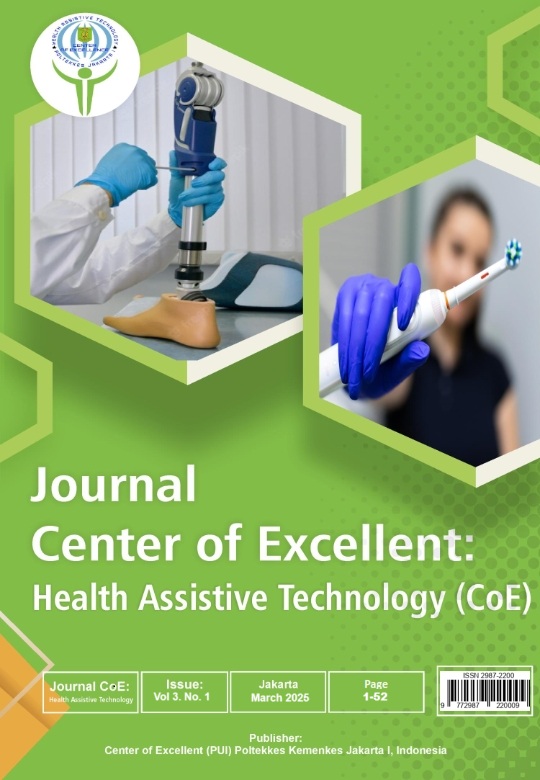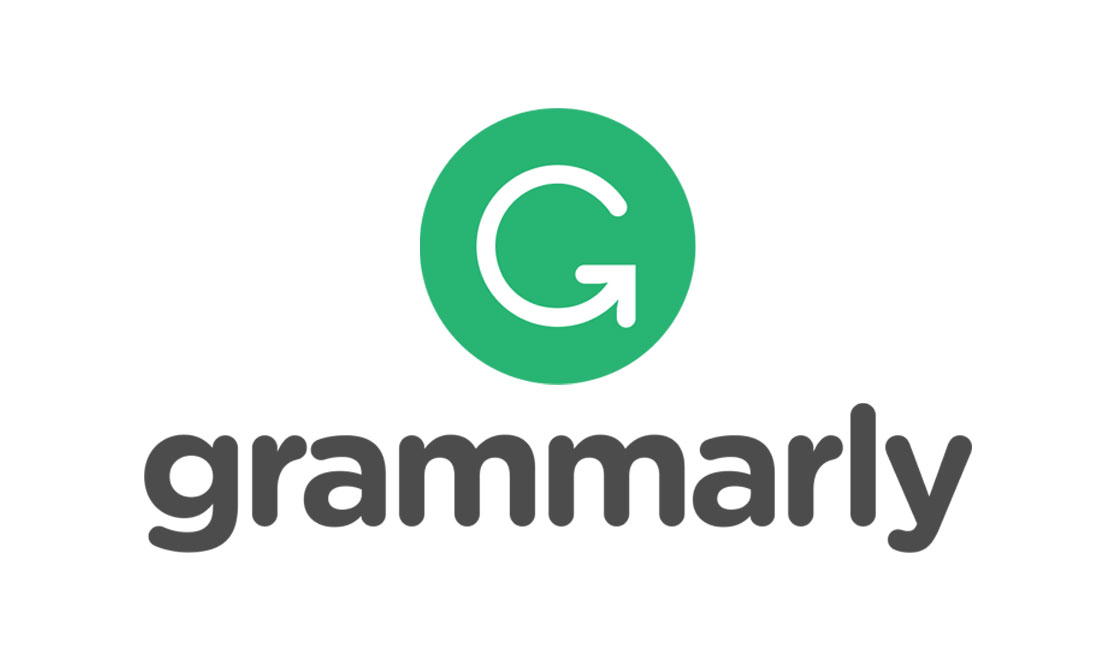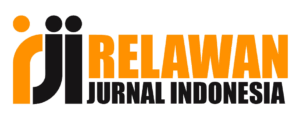Melon Fruit as an Effort to Reduce Plaque Index in Hypertension Patients
Keywords:
Melon fruit, plaque index, hypertensionAbstract
Background: Dental and oral hygiene is a condition in which the oral cavity is free from dirt such as plaque and calculus. One simple way to reduce dental plaque is to regulate diet, especially by increasing consumption of fibrous foods such as vegetables and fruits, for example melon. Melon contains vitamin A, vitamin B1, vitamin B6, vitamin C, and fiber. In every 100 grams of melon, there are 88.9 grams of water and 0.6 grams of fiber. Purpose: This study was to analyze the Plaque Index Before and After Consuming Melon Fruit in Hypertension Patients. Method: This study was a quasi-experimental study with with a pretest and posttest design with one group design. Sampling technique with purposive sampling, as many as 38 respondents. The study was conducted in the community of RW 14 Bukit Cimanggu City Housing, Bogor in 2024. The instrument used in this study was a plaque index examination sheet and data analysis using a paired sample test. Results: Before consuming melon, the results of the plaque index were good for 4 people (10.5%), moderate criteria for 22 people (57.9%), and poor criteria for 12 people (31.6%). After consuming melon, the results of the plaque index with the criteria of very good were 4 people (10.5%), good for 20 people (52.6%) and moderate for 14 people (36.8%). The results of the statistical test obtained p = 0.04. Conclusion: Consuming melon is effective in reducing the plaque index in hypertension patientsDownloads
Download data is not yet available.
Published
2025-03-30
How to Cite
Putri, N. R., Ngatemi, N., & Fadjeri, I. (2025). Melon Fruit as an Effort to Reduce Plaque Index in Hypertension Patients . Journal Center of Excellent : Health Assistive Technology, 3(1), 28–32. https://doi.org/10.36082/jchat.v3i1.2218
Issue
Section
Articles
Copyright & Licensing
Copyright (c) 2025 Nanda Rahmadani Putri, Ngatemi Ngatemi, Indrayati Fadjeri

This work is licensed under a Creative Commons Attribution-ShareAlike 4.0 International License.









